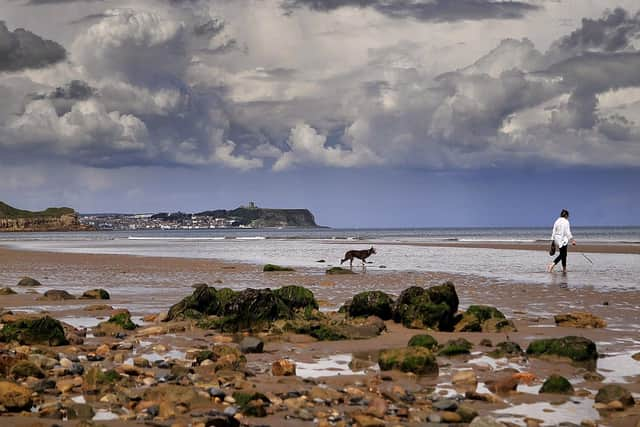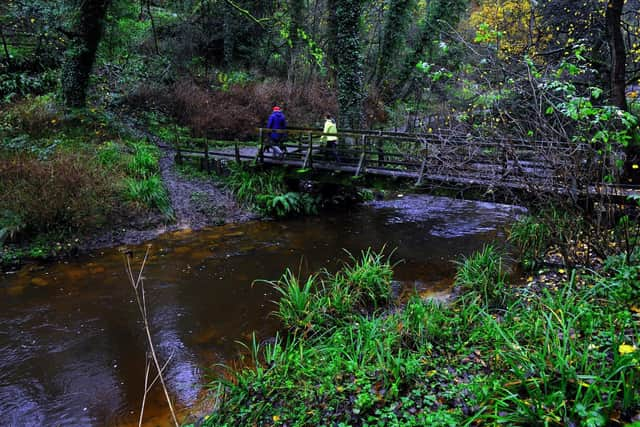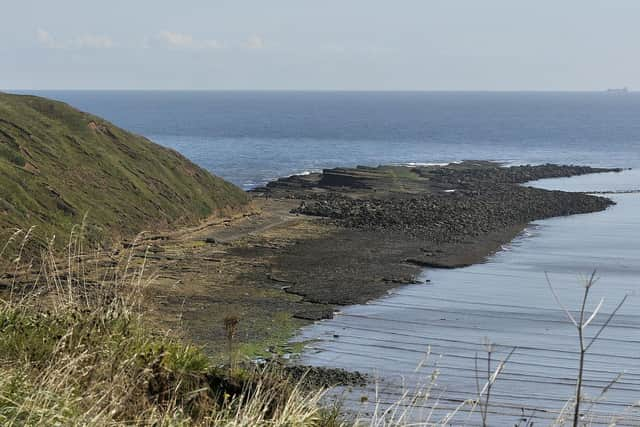Scarborough bucks national trend for threatened protected beauty spots
and live on Freeview channel 276
Thousands of the country’s Sites of Special Scientific Interest (SSSIs) are in a poor state, with half of official inspections finding unsatisfactory conditions.
Wildlife charities have branded the findings “shocking”, while governments have said they are taking action to restore sites.
Advertisement
Hide AdAdvertisement
Hide AdIn Scarborough, Raincliffe and Forge Valley Woods are an SSSI made up of 19 units, of which 14 were classified as being in a ‘favourable’ condition and five as ‘unfavourable-recovering’ at the last inspection.


The report said issues included species composition and age class distribution of fauna and deadwood presence.
Most sites in the area buck the national trend however, with Cayton, Cornelian & South Bays, Filey Brigg and Runswick Bay all being rated as ‘favourable’.
SSSIs are protected areas for nature conservation and can cover anything from breeding grounds for rare species to peatland.
Advertisement
Hide AdAdvertisement
Hide AdHalf of the most recent inspections of protected land or natural features found poor conditions or the destruction of habitats, analysis shows.


Paul de Zylva, of Friends of the Earth, said it was “shocking that our top wildlife sites are in such poor condition”.
He said: “If we can’t even protect the jewels in the crown, it’s little wonder that UK nature is in such poor shape. The new government must make the protection and restoration of our natural environment a top priority.”
Kate Jennings, head of site conservation policy at the RSPB, added: “The current state of SSSIs across the four countries of the UK is shocking. Many have not been assessed for years so the actual picture may in fact be worse.”
Advertisement
Hide AdAdvertisement
Hide AdIn England, SSSIs are inspected in smaller sections called units. More than half of these units (53%) are in an unfavourable condition, inspection data shows.


Across the Yorkshire and the Humber, 63 per cent of units were assessed as being in an unfavourable condition, the third worst nationally after the East Midlands and North West.
Guidelines state SSSI features in England should be assessed at least every six years, but our analysis found more than half (12,394) of sites have not been assessed since 2011.
A spokesperson for the Department for Environment, Food and Rural Affairs (DEFRA) said while most of England’s SSSIs were either in a favourable condition or were recovering, they recognised that “more needs to be done to improve these vital sites”.
They said: “That’s why we’re focusing on restoring those sites that are still in a recovering condition so we can enhance these important areas.”